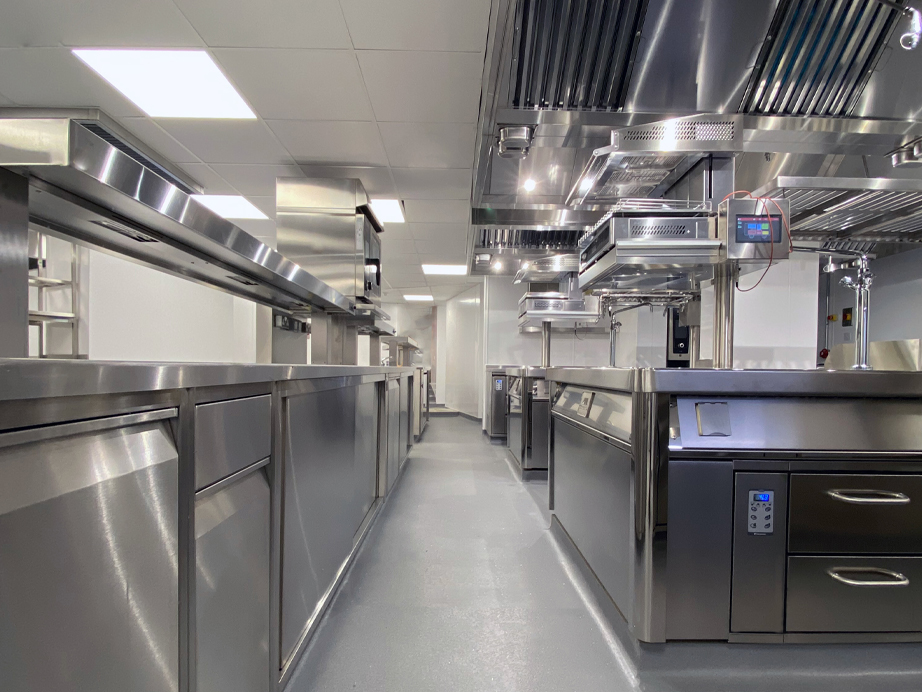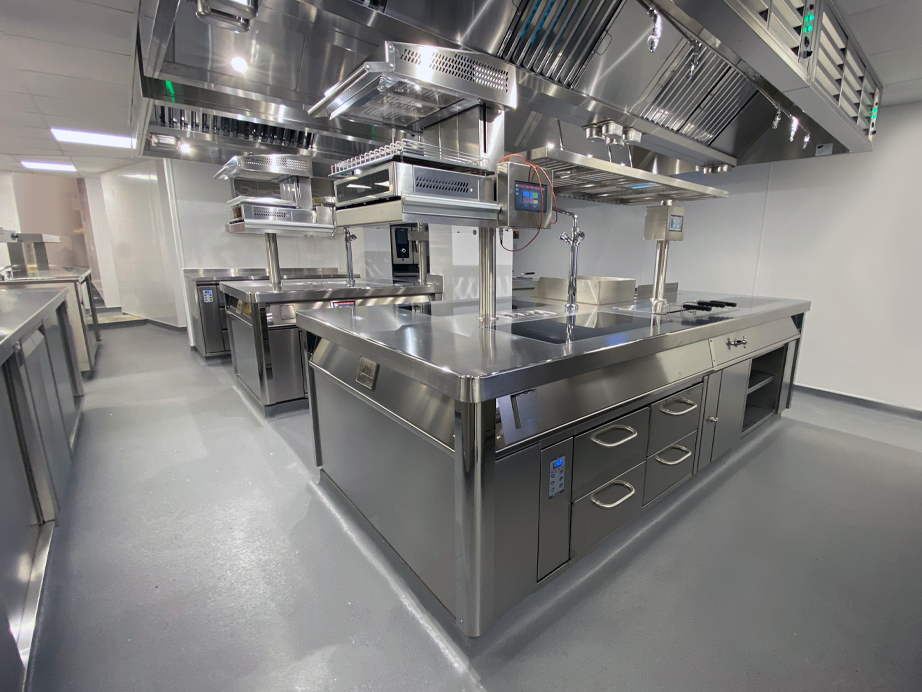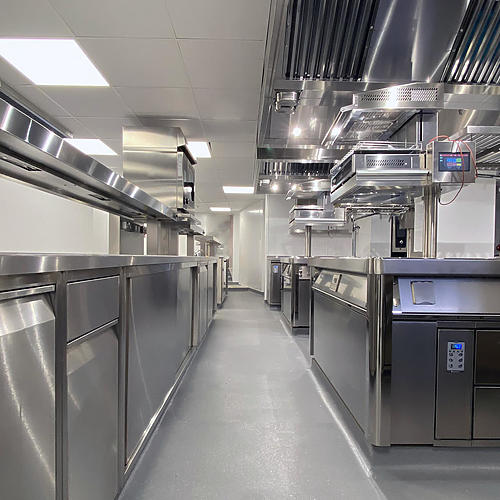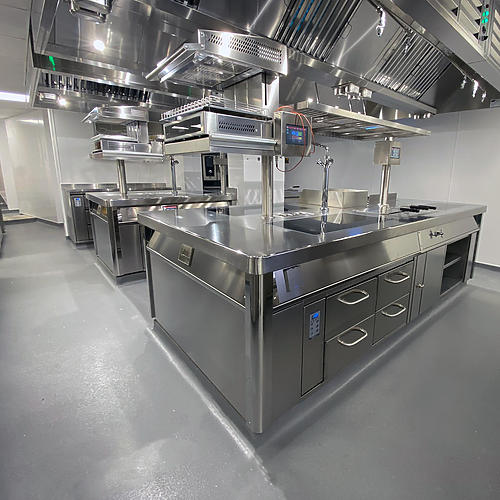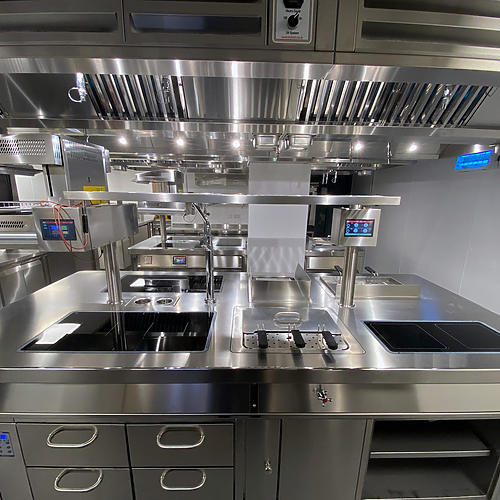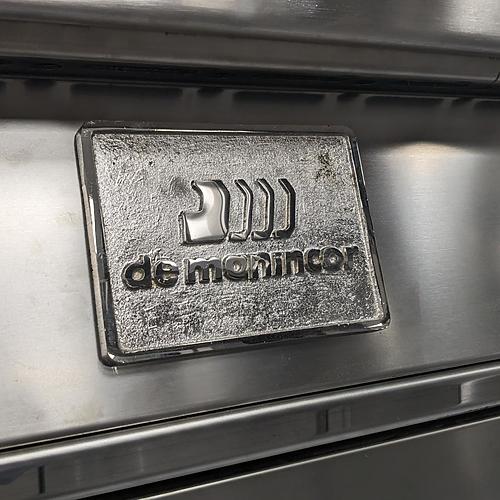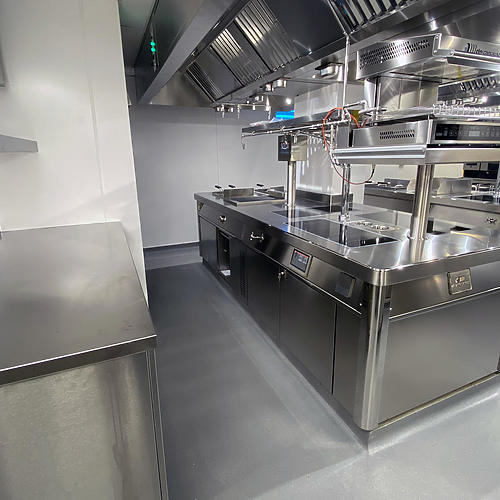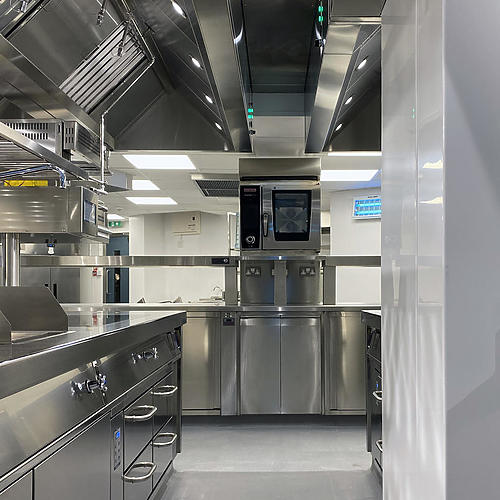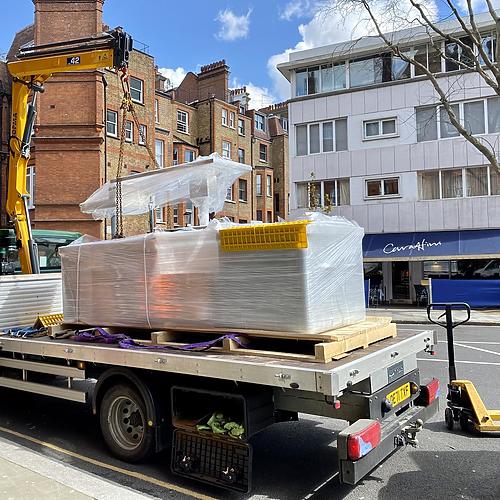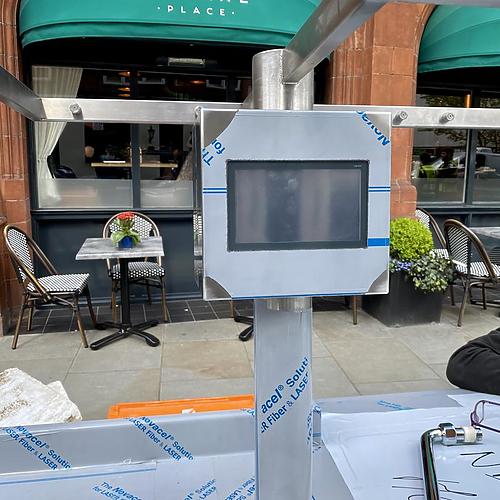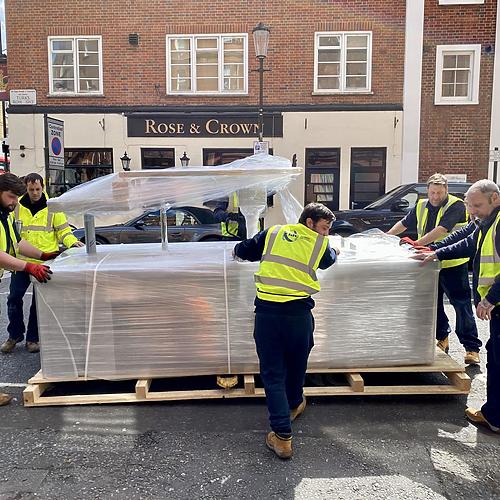The Brief
We were approached by The Sloane Club to redesign and replace their existing gas cook suite and dated kitchen with an all-new electric kitchen. The kitchen ergonomics and operational flow should also be improved to help accommodate an increase in more covers, a more varied menu, and support a larger banqueting function.
As part of the move to an all-electric kitchen, it should reduce energy costs and help The Sloane Club work towards their sustainability goals, whilst creating a better working environment for the chefs, and create an even more exceptional dining experience for their guests.

Services
Commercial Kitchen Design, Commercial Kitchen Installation, Energy management
Location
Kensington & Chelsea, London
Sector
Hotels
Awards
ceda Grand Prix 2024 – Project Over £1 million
ceda Grand Prix 2024 – Sir Donald Thompson Cup
About The Sloane Club
Founded originally in 1922 by Queen Victoria’s daughter, Princess Helena, The Sloane Club was opened as the Service Women’s Club exclusively for women in the forces to have an affordable place to stay in London.
In 1976, the club opened its doors to gentlemen. Fast forward to the modern day, it offers a vibrant atmosphere with stunning interiors and provides a unique setting for its Members to enjoy, including 106 bedrooms and the 27-room Sloane Place boutique hotel sister property.
The 6 different restaurants and bars have a menu curated by Executive Chef, Bernhard Mayer, serviced by their new kitchen designed and installed by TAG.
It is an absolute pleasure to work in our beautiful new kitchen, that is not only a work of art in itself, but has also allowed us to increase covers, expand our menus and offer a wider range of food and drink to create an even better and more delicious experience for our members and diners than before.
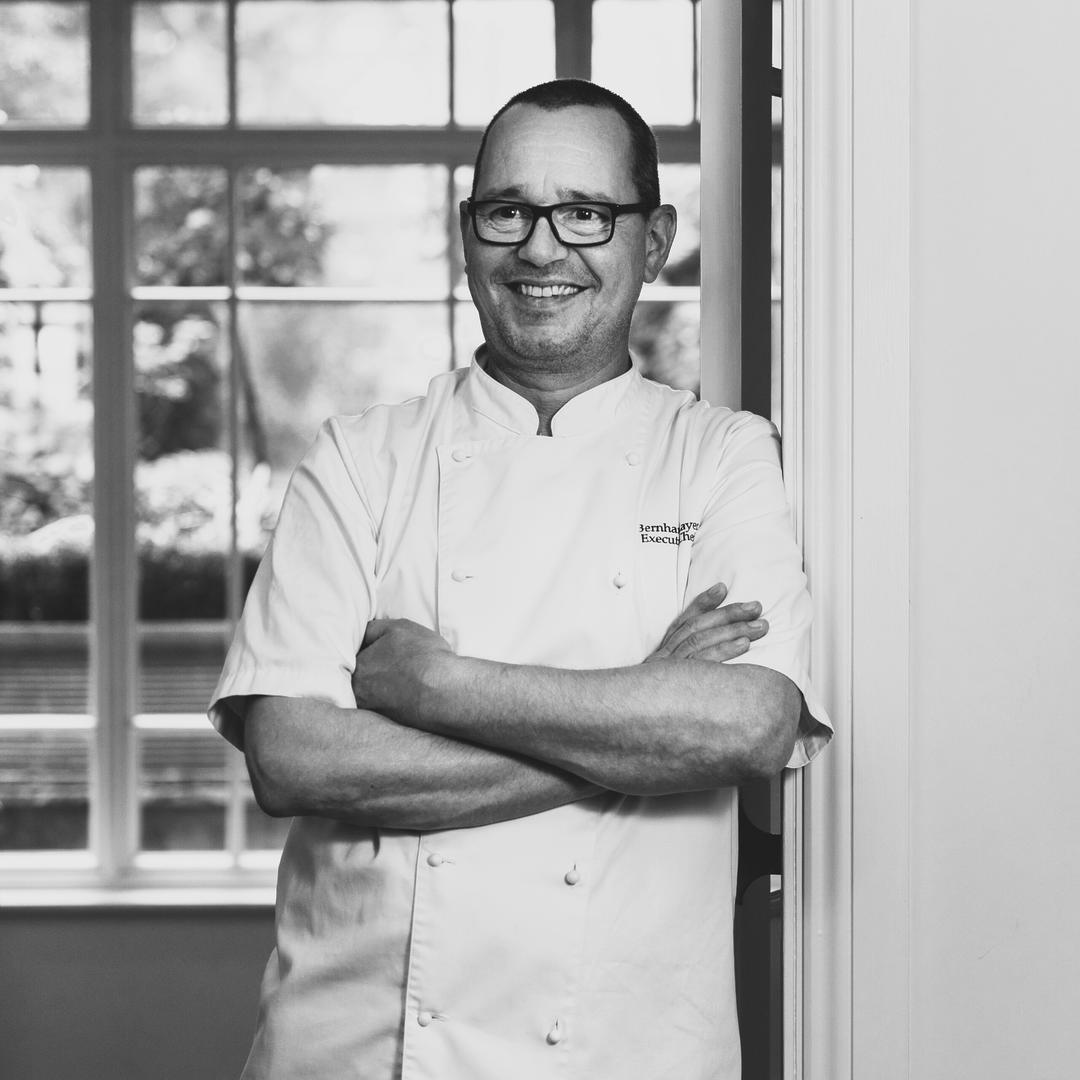
The Solution
The new kitchen at The Sloane Club features the very first DeManincor cook suite in the UK which uses full touchscreen controls! Plus it is equipped with their state-of-the-art Total Control System-TCS® remote monitoring and power reduction technology.
This has enabled the range to run on a reduced amount of power, without exceeding the building’s electricity supply restrictions or affecting the usability of the cooking appliances.
The cook suite features multi-zone induction and all-electric equipment, all of which ensure minimum energy consumption.
On an operational level, the new layout is ergonomically led to give chefs and staff more freedom. The digital touchscreen controls also enable any function of the range to be adjusted from any screen, helping to increase efficiency and limit chef movement.
Cooking can also be “automated” with the use of the temperature probes, reducing power to “hold”, when food reaches the desired temperature.
Flexibility in the kitchen has been created by adding an additional cook suite to service the increase in restaurants and covers, while the cooking equipment also reduces the working temperature thus improving the working environment.
With energy efficiency being key to the design, all equipment has been designed to the highest specifications including remote refrigeration, which removes excess heat and reduces maintenance costs.
The high level of fabrication ensures a more hygienic design with no gaps for dirt and rounded internal corners to all cupboards allowing for easy cleaning, maintenance, and future-proofing.
The overall kitchen refurbishment was phased. A temporary kitchen was created in the basement for use during the main kitchen works. This ensured The Sloane Club remained fully operational for the duration of works. The basement kitchen was then converted to their prep and banquet kitchen.
The Outcome
An estimated
£845k
total savings over 10 years.
An estimated
1,213 kWh
saved per day.
An estimated
97 Tonnes
CO2 saved per year.
Based on induction, energy management and remote refrigeration systems!

This is equivalent to the average consumption of 152 homes using 8 kWh of electricity per day!

This is the equivalent to 7.6 cars driving 23,000 miles each (that’s once around the world!)

* Our calculations are based on many factors including a comparison of existing cooking equipment and fridges to the new equipment, provided electrical costs, and average kW usage. Emissions are based on Scope 1 & 2 emissions and their running costs only. Scope 3 emissions (or embodied carbon) to manufacture, transport, or install equipment have been excluded. They are estimated calculations based on various data sources and general averages for the UK energy market.

